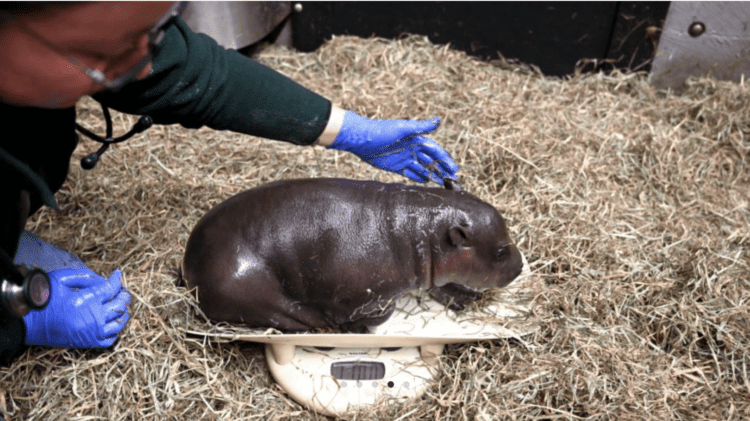If you’re the kind of person who wants to keep everything green and sustainable, then you’ve likely adapted these qualities in your lifestyle – you might be recycling your waste, following proper waste disposal protocols, or have been using alternative tools as a replacement to plastic and other items that have harmful substances.
Thing is, one of the most challenging things for someone following a green lifestyle is a house move – after all, it’s one of those instances where we can’t avoid having to use plastic containers, a ton of cardboard boxes, and waste in general. Is there really no choice than to waste some materials during a house move?
As it turns out, not necessarily! In fact, with a few tips and tricks, you can apply your sustainable lifestyle into your house move. Moreover, a few changes to your house moving approach can help you transform your “typical” house move into a sustainable house move that won’t cause as much conflict to your overall pursuit of green living.
Here are some tips and tricks you might want to follow:
- Consider digital documents and submissions when submitting requirements. Granted, submitting physical copies of documents isn’t necessarily wasting paper – as they are copies of important documents, right? Thing is, these copies of documents may pile up and waste space in offices, when they could be used for something more meaningful. To avoid these kinds of risks, you might want to ask your local offices, landowners, or other offices requiring your documents if you can possibly submit these requirements online. That way, you can work on your requirements for homeownership, your utilities, or even permissions for your moving company NYC, without having to waste paper and other requirements.
- Go through all your belongings to create an inventory of what you own. At first glance, creating an inventory of objects you own won’t exactly lead to sustainable house moves. However, it’s what you do after getting an inventory that’s really important. For instance, an inventory ensures that you know exactly what you own before you even proceed with the packing process of your move. Once you decide which items you want to keep, you can potentially save a ton of money into buying packing materials. Likewise, you can decide to sell or donate the other items you don’t want to bring to your new home. Aside from being able to get back money from your unwanted items, you’ve given them a second purpose in the hands of a family who might also need them.
- Consider gathering reusable packing materials instead of disposable plastics and boxes. One of the best ways you can transform your house move into something sustainable is to actually gather reusable materials for your packing needs instead of just opting for disposable plastics and boxes. These include rope and large plastic bags, bubble wrap, recycled cardboard, and recycled plastics.These materials are most likely recycled and reusable, which means they’re perfect for all kinds of objects and materials but also ensures that they’re reusable and won’t end up being waste.
- Avoid throwing away food and cook it instead. The kitchen is one of the hardest parts of the house to clean, precisely because food is perishable. However, instead of randomly throwing out things from the freezer, you might want to cook the food early or even give them out to people who could use them. This not only avoids unnecessary food waste, but this may also feed people who could really use the food you have. Likewise, you could use the same ingredients to organize a moving-away party for your loved ones and friends so you can celebrate your moving into a new place.
- Meet with your professional help online instead of in person. As one might know, going out of the house and doing errands still leaves us with a lot of opportunities to accidentally contribute to the world’s overall carbon footprint – be it through using our car or commuting (and therefore gas), accidentally throwing our waste elsewhere, and the like. To avoid these troubles, you might want to schedule your meetings with professionals such as cross country movers via calls or conferences, instead of meeting with them in person. Not only does this save the both of you time and money for going to your physical meet-up, but this also reduces the chance for you and your movers to contribute to unnecessary waste.
Make A Sustainable House Move For Your Needs
With the above tips taken into consideration, it’s important to remember that there’s always a way to make everything a bit more sustainable and green with the proper planning and execution – and the same principle applies to house moves. Thanks to better preparation and proper planning on your end, the above tips can help make your house more sustainable, enable you to maximize your available resources, and avoid wasting too much materials just to make your move as successful as it could be. Hopefully, the above tips can help you facilitate a better house move than you have anticipated.
Lead Image: An ocelot (Leopardus pardalis) in Itatiba Zoo, Brazil. Photo by João Carlos Medau from Wikimedia Commons.
Your support is required
Support ‘Fighting for Wildlife’ by donating as little as $1 – It only takes a minute. Thank you.







Leave a Reply